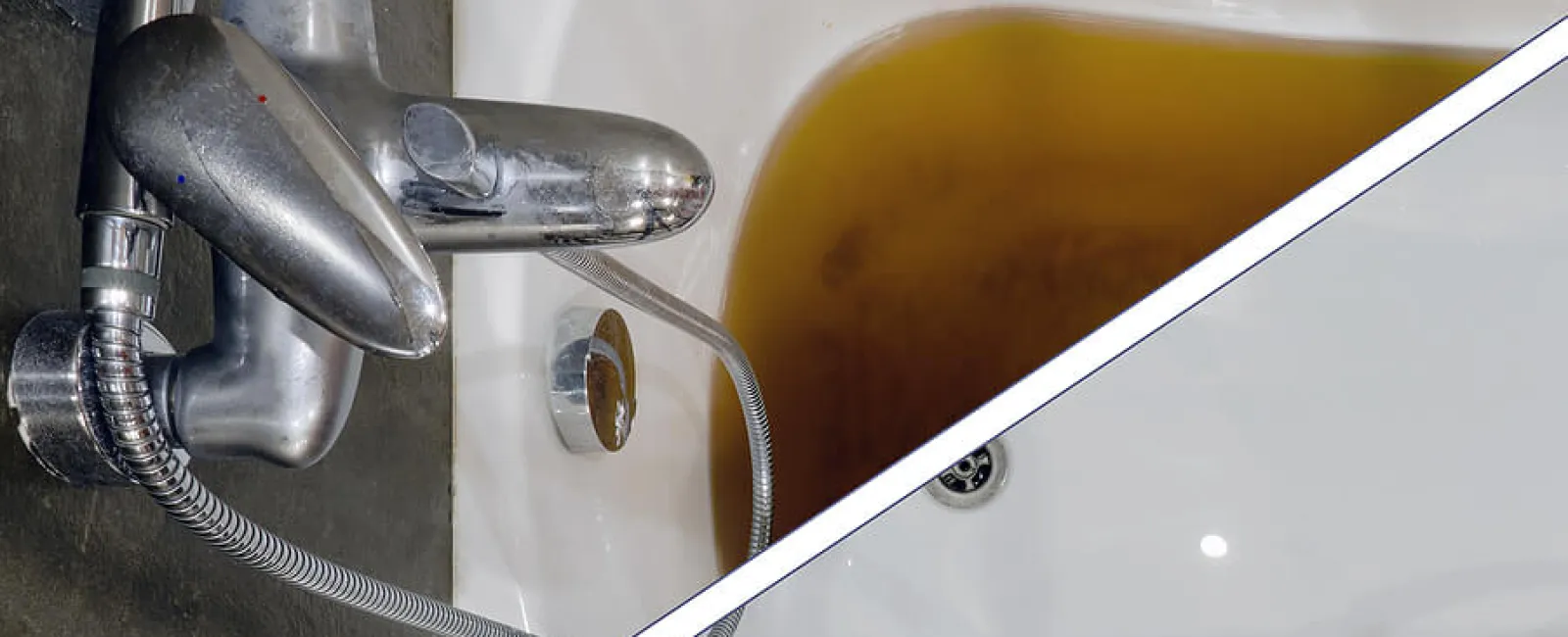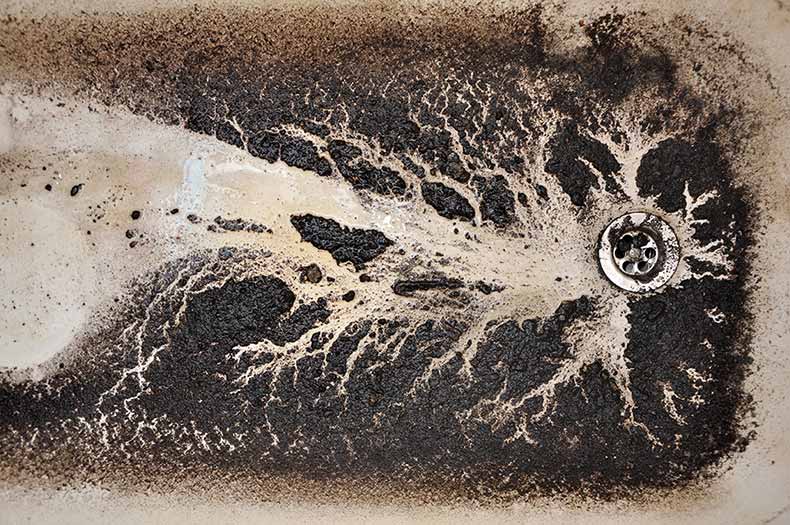Significant Explanations for Sewage in the Bathtub
Significant Explanations for Sewage in the Bathtub
Blog Article
This great article down below about Why sewage is coming up through your bathtub is incredibly interesting. Don't skip it.

Sewer back-up in the tub can be a distressing and unhygienic trouble for any type of home owner. Not only is it troublesome, yet it also presents significant health dangers and suggests underlying concerns with the plumbing system. Recognizing why sewage is coming up through the tub is vital for taking ideal activity to deal with the issue properly.
Introduction to the Issue
Typical Factors for Sewer Back-up
Obstructions in the Sewage System Line
One of the most common reasons for sewage backup is an obstruction in the drain line. This can happen because of the build-up of debris, grease, or foreign things in the pipelines, protecting against correct circulation and triggering sewage to back up right into your bath tub.
Tree Root Intrusion
Tree roots looking for moisture and nutrients can infiltrate sewage system lines with small cracks or joints. In time, these origins can grow and expand, triggering considerable damages to the pipes and leading to sewage back-up issues.
Comprehending the Problem
When sewage draws back up right into the bathtub, it's a clear indicator of a trouble with the water drainage system. The wastewater that should be streaming away from your home is rather discovering its back right into your space, which can lead to significant damage and health hazards.
Potential Causes
Numerous factors can contribute to sewage back-up in the bath tub. From clogs in the sewage system line to problems with the plumbing facilities, identifying the root cause is important for finding a service.
Aging Framework
Older homes may have outdated plumbing systems that are more vulnerable to rust, splits, and damage. As pipelines age, they end up being much more vulnerable to leakages and blockages, increasing the probability of sewer backup events.
Heavy Rainfall or Flooding
Throughout periods of heavy rainfall or flooding, the drain system may end up being overloaded with excess water, creating back-ups and overflows. This can cause sewage backing up right into bathtubs and various other fixtures inside the home.
Indicators of Sewage Back-up
Foul Odors
Undesirable odors rising from drains or fixtures, especially in the bathroom, might suggest sewage backup problems. These smells are often strong and consistent, indicating an issue that needs instant interest.
Slow Draining Fixtures
Tubs, sinks, and bathrooms that drain slowly or otherwise in all could be experiencing sewer backup. If multiple fixtures are influenced all at once, it's most likely that the issue stems from a common point, such as the primary sewer line.
Gurgling Sounds
Odd gurgling or bubbling sounds originating from drains when water is running in other places in your home are indicative of air entraped in the plumbing system. This air buildup can arise from sewage back-up and should be explored quickly.
Wellness Risks Connected With Sewer Backup
Contamination of Water
Sewage backup can pollute the water in your home, positioning a severe health threat to you and your household. Exposure to infected water can result in stomach issues, skin infections, and various other diseases.
Mold Development
Wetness from sewer backup can develop suitable conditions for mold and mildew growth in your home. Mold and mildew spores can intensify respiratory system problems and create allergic reactions in sensitive people, making prompt clean-up crucial.
Spread of Illness
Sewer has damaging microorganisms, infections, and parasites that can create a range of conditions, consisting of hepatitis, cholera, and gastroenteritis. Coming into contact with sewer or polluted surfaces places you in danger of infection.
Cleaning Up After Sewage Backup
Disinfection Procedures
Extensively disinfect and sanitize affected areas after sewage back-up to remove damaging germs and prevent mold growth. Usage ideal cleaning products and protective gear to make certain secure and effective cleanup.
Remediation of Impacted Locations
Fix any type of damages to floor covering, wall surfaces, or fixtures triggered by sewage backup. Depending upon the extent of the damage, you might require to change carpeting, drywall, or various other products to restore your home to its pre-loss problem.
Immediate Actions to Take
Turning Off Supply Of Water
In case of sewer backup, it's necessary to shut off the water system to stop additional contamination and damages. Locate the primary water shutoff valve in your home and closed it off till the problem can be fixed.
Contacting a Professional Plumber
Dealing with sewer backup is not a do it yourself task. Call a qualified plumber with experience in taking care of sewage-related concerns to evaluate the situation and execute essential fixings or cleanings.
Preventing Contact with Contaminated Water
Until the sewer backup is fixed, avoid contact with infected water to avoid the spread of bacteria and virus. Use safety gear if you must remain in the affected location and wash your hands completely afterward.
Safety nets
Normal Maintenance of Sewer Lines
Set up routine evaluations and upkeep of your sewage system lines to determine and address possible problems before they rise into significant issues. This can consist of clearing out debris, evaluating for tree root breach, and repairing any damaged pipes.
Mounting Backwater Shutoffs
Consider mounting backwater shutoffs in your plumbing system to stop sewer from receding into your home throughout periods of heavy rainfall or flooding. These shutoffs instantly close when water starts backing up, safeguarding your building from contamination.
Proper Disposal of Home Waste
Prevent purging anything other than toilet tissue and human waste down the commode to prevent clogs and obstructions in the drain line. Dispose of grease, oil, and various other family chemicals effectively to decrease the threat of plumbing troubles.
Why is Sewage Coming Up Through Your Bathtub?
Reasons You May Have Sewage in Your Bathtub
All the drains in your home lead down different pipes to get to the main sewer line. If you’re seeing sewage in the bathtub, the problem is that the main sewer line is clogged up, which is causing the water running through other drains to be pushed back into other pipes. The problem isn’t the bathtub, but the main line. The sewer line can get backed up by anything that goes down the drain, from food waste, hair and soap particles to jewelry or children’s toys. Tree branches or dirt can also impact the sewer line. If you’re seeing sewage in the bathtub, you have a big problem that usually needs a professional plumber. Trying to fix this problem without the right tools or knowledge can lead to bigger plumbing problems.
Fixing a Clogged Sewage Line
Although you shouldn’t try to fix the clogged sewer line on your own, you may be able to mitigate the issue until you can get a plumber to your home. A plunger isn’t going to help, because it won’t be able to reach the sewage drain to unblock the problem.
Turn Off Water
Find the main shutoff valve to your home to turn off the water. This prevents more water from going down the drain which is only going to flow back into your bathtub.
Snake the Toilet and Drain
Start by using a drain pipe snake to clean out the toilet drain. Rotate the snake clockwise when you push the snake down. As you pull it out, the snake should spin counterclockwise. Follow up by snaking out the bathtub drain. If you are successful, both the toilet and shower will drain efficiently. If you’re not successful, you probably have a bigger problem than your tools and experience can manage.
Contact a Professional Plumber
Pros have the tools to find the source of the problem and the experience to manage big blockages without causing more damage to your pipes. It can save you a lot of stress by contacting the professionals sooner rather than later.
Identify the Early Signs of a Clogged Sewage Line
If you’re gearing up for a holiday family gathering or just want to avoid the hassle of a clogged sewage line in your home, make sure you recognize the signs of a clogged sewer line.
Slow drains are a sign of a sewer line problem. Gurgling drains from any drain in your home indicate that you may have an obstruction in the drains. If your toilet keeps getting clogged, it might be a problem with the sewer line. When you see laundry water or water from the dishwasher in different sinks in the home, it’s an indication that your sewer drain is beginning to get backed up. These symptoms can often be “fixed” temporarily to get through a day or week before you start seeing the same problem. When it comes to plumbing problems, you want to fix the root of the problem instead of muddling through. The clog will not go away on its own.
https://handymanconnection.com/mississauga/articles/why-is-sewage-coming-up-through-your-bathtub/

We had been brought to that article about from a good friend on our other web property. Are you aware of another person who is curious about the niche? Please feel free to share it. We love reading our article about Water Coming up Bathtub Drain.
Services
Report this page